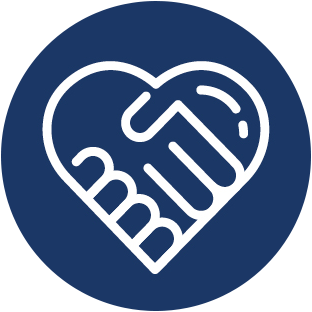According to the paper, the four types of volunteering (mutual aid and self-help; service delivery; campaigning; and participation) are still valid in 2020. The relative mix of these categories of volunteering activities may vary, but they are present across diverse situations. The examples for each category may differ depending on the location.
The 2030 Agenda, with its focus on the agency of all peoples, raises the question of whether the model needs updated.
We are increasingly aware that volunteering is not only valuable due to the activities it delivers. It also has intrinsic value, for example, by improving volunteers’ health, well-being skills and social capital. This is an indirect contribution to volunteers’ communities and societies.
We also know that different people build the world they want to see in different ways. This can be directly, by giving something to the community. It can also involve developing a better and happier self to contribute to the public good. The existing framework did not capture these latter activities so well.
Accordingly, the paper suggests an additional category of volunteer work: volunteering as leisure. Volunteering as leisure covers volunteer work in the arts or sports. It refers to activities that build confidence and well-being among volunteers while contributing to social cohesion. Some activities related to the environment are also volunteering as leisure, since their value extends beyond the people involved. However, volunteering as leisure does not cover activities like “voluntourism”, which do not always benefit sustainable development.







